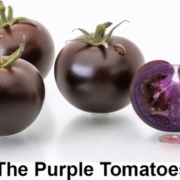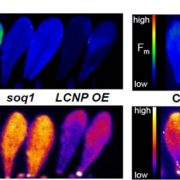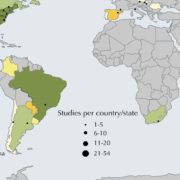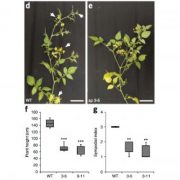CRISPR/Cas9-mediated gene targeting in Arabidopsis using sequential transformation (Nature Comms)
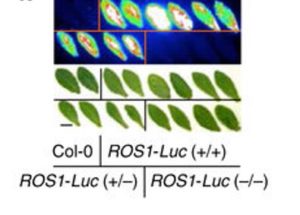 Genome modification is a powerful tool, yet precise genome engineering in plants remains challenging. Miki et al. report on the sequential transformation method for gene targeting in Arabidopsis. The parental plants expressing CRISPR/Cas9 under the egg cell- and early embryo-specific DD45 promoter were transformed with constructs containing (1) a homology-directed repair donor sequence, (2) sgRNA targeting the locus of interest and (3) a selectable marker. Using this technique, the group made functional GFP and luciferase fusions with native genes that were successfully tagged at the 5’ and 3’ end. The described technique is also suitable to induce non-synonymous mutations in the coding sequence, without any additional mutations. In future the authors hope to improve the efficiency of this gene targeting technique above the reported 5-10%. (Summary by Magdalena Julkowska) Nature Comms. 10.1038/s41467-018-04416-0
Genome modification is a powerful tool, yet precise genome engineering in plants remains challenging. Miki et al. report on the sequential transformation method for gene targeting in Arabidopsis. The parental plants expressing CRISPR/Cas9 under the egg cell- and early embryo-specific DD45 promoter were transformed with constructs containing (1) a homology-directed repair donor sequence, (2) sgRNA targeting the locus of interest and (3) a selectable marker. Using this technique, the group made functional GFP and luciferase fusions with native genes that were successfully tagged at the 5’ and 3’ end. The described technique is also suitable to induce non-synonymous mutations in the coding sequence, without any additional mutations. In future the authors hope to improve the efficiency of this gene targeting technique above the reported 5-10%. (Summary by Magdalena Julkowska) Nature Comms. 10.1038/s41467-018-04416-0
[altmetric doi=”10.1038/s41467-018-04416-0″ details=”right” float=”right”]



